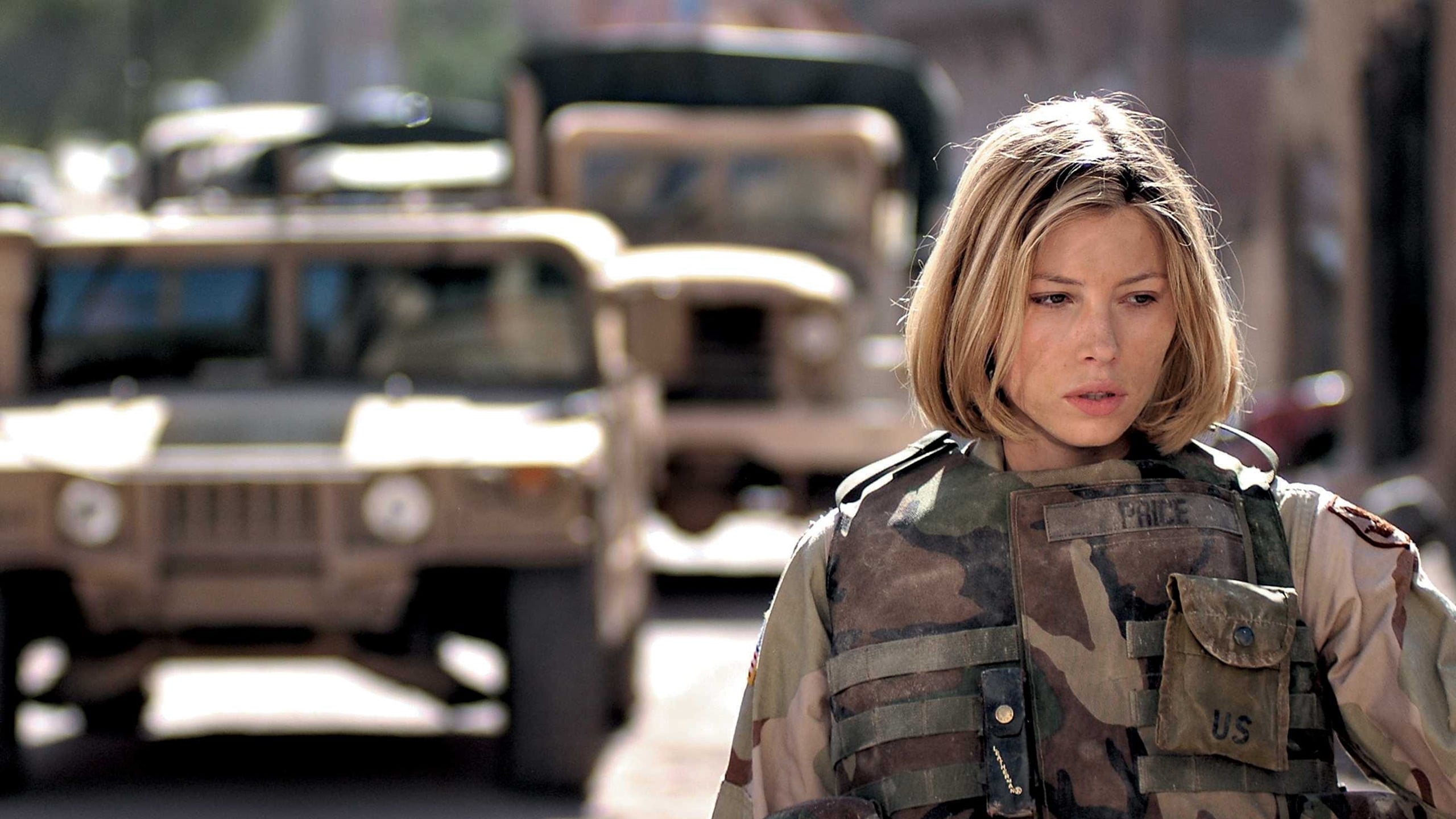

^ "A life in musicals: Arthur Laurents".41-49 Laurents, Arthur, Original Story By. Retrieved 4 August 2012 – via National Library of Australia. ^ a b "STAR SYSTEM 'ON THE WAY OUT' ".Armed Forces to be fully integrated in 1948. In a topical decision, President Truman's Executive Order 9981 had ordered the U.S. In 1959, famed stand-up comedian and social critic Lenny Bruce, as part of a monologue on The Steve Allen Show, criticized Hollywood for its exploitation of race relations just for the sake of exploiting and without really saying anything, but he singled out Home of the Brave as being a good picture that touched on racial issues that were important. Art for Art's sake is not the object, but rather art for the sake of man, the whole of man, heart and soul. it differs from the other awards, when are normally given for artistic merit. "We all know the definition of this award "for the production that has made the greatest contribution to the moral and spiritual betterment of humanity". According to this jury, this was a film "most capable of contributing to the revival of moral and spiritual values of humanity". The film gained the prize of the International Catholic Organization for Cinema (OCIC) at the Knokke Experimental Film Festival in 1949. On Rotten Tomatoes, the film holds a rating of 98% from 40 reviews. Home of the Brave received acclaim from critics. In the movie's final scene, Sergeant Mingo recites Eve Merriam's 1943 poem The Coward to Private Moss in friendship: "Divided we fall, united we stand coward, take my coward's hand." The New York Herald Tribune reported that a man named Herbert Tweedy imitated the sound of twelve different birds native to the South Pacific for the film. ĭirector Robson, who had begun his directing career with several Val Lewton RKO horror films, brings a frightening feeling to the claustrophobic jungle set, with Dimitri Tiomkin providing an eerie choral rendition of Sometimes I Feel Like a Motherless Child performed by the Jester Hairston choir as the patrol escapes their Japanese pursuers. Associate producer Robert Stillman financed the film with the help of his father, without the usual procedure of borrowing funds from banks. The majority of the film was made on indoor sets, except for the climax that took place on Malibu beach with a former navy PT boat. The film was completed in thirty days, for the cost of US$525,000, with Kramer using three different units at the same time. Producer Stanley Kramer filmed in secrecy under the working title of High Noon.



When Laurents sold the rights to Hollywood, he was told that the lead character would be turned from Jewish into black because "Jews have been done". The drama about anti-Semitism in the military opened on Broadway on December 27, 1945, and ran for 69 performances. After his discharge, he wrote a play called Home of the Brave in nine consecutive nights that was inspired by a photograph of GIs in a South Pacific jungle. At the end of the movie, Mingo and Moss decide to go into business together as a civilians.Īrthur Laurents spent World War II with the Army Pictorial Service based at the film studio in Astoria, Queens, and rose to the rank of sergeant. From this point on, Moss will never again bow to prejudice. In the film's climax, the doctor forces Moss to overcome his paralysis by yelling a racial slur. carries Moss to the returning PT boat that covers the men with its twin. In a firefight with the Japanese, Mingo is wounded in the arm, and Moss is unable to walk. Finch later escapes but he dies in Moss's arms. They force Finch to cry out to the patrol. When the patrol is discovered, Finch is left behind and captured by the Japanese. (Brodie) and the sturdy but troubled Sergeant Mingo (Lovejoy). The patrol is led by a young major (Dick), and includes Moss's lifelong friend Finch (Bridges), whose death leaves him racked with guilt bigot Corporal T.J. The film uses flashback techniques to show Moss, an Engineer topography specialist assigned to a reconnaissance patrol who are clandestinely landed from a PT boat on a Japanese-held island in the South Pacific to prepare the island for a major amphibious landing. Undergoing psychoanalysis by an Army psychiatrist (Corey), paralyzed Black war veteran Private Peter Moss (Edwards) begins to walk again only when he confronts his fear of forever being an "outsider".


 0 kommentar(er)
0 kommentar(er)
